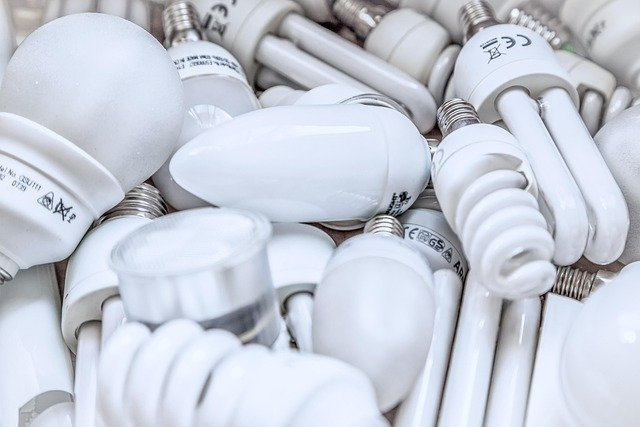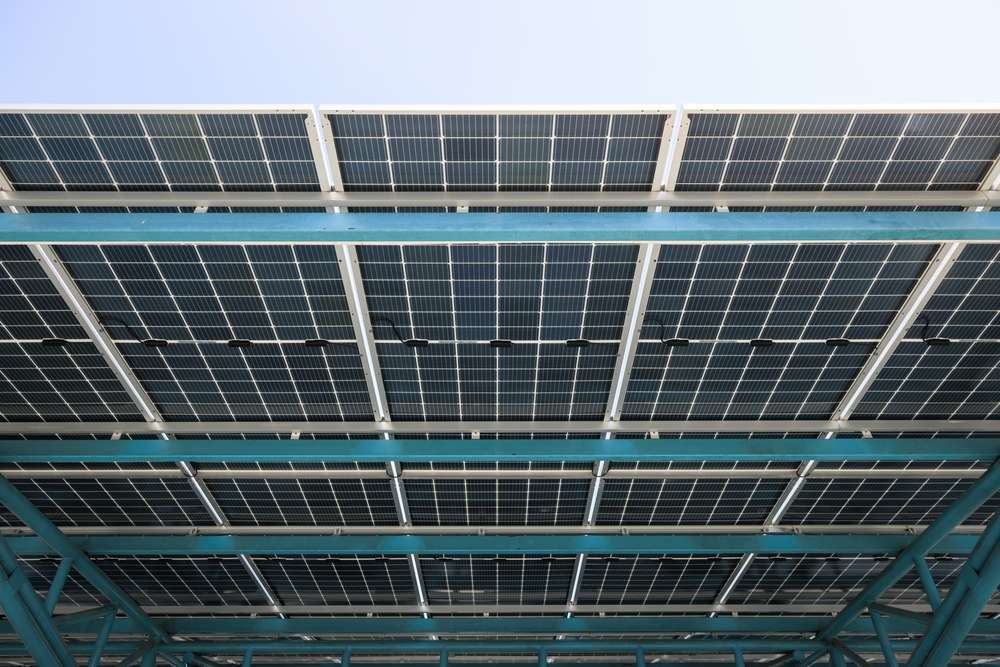Learn how to claim solar battery rebates and cut your electricity bills
Solar battery systems are becoming increasingly popular across Australia as households seek ways to reduce electricity costs and increase energy independence. With rising energy prices and a growing focus on renewable energy, government rebate programs offer financial support to help offset the initial investment. Understanding how these rebate schemes work and knowing whether you qualify can make the difference between an affordable upgrade and a financial stretch.

Installing a solar battery storage system can transform how you manage household energy, allowing you to store excess solar power generated during the day for use at night or during peak pricing periods. However, the upfront cost can be significant, which is why federal and state governments across Australia have introduced various rebate and incentive programs to encourage adoption. Navigating these programs requires understanding eligibility criteria, application processes, and the long-term savings potential.
Understanding How Solar Battery Rebate Programs Work
Solar battery rebate programs are designed to reduce the financial burden of purchasing and installing energy storage systems. These programs typically offer either direct rebates, which reduce the purchase price, or interest-free loans that spread the cost over several years. The Australian government, along with state and territory authorities, administers different schemes with varying structures and benefits.
Rebates generally work by providing a set amount per kilowatt-hour of battery capacity installed, or as a percentage of the total system cost. Some programs require you to apply before installation, while others allow retrospective claims within a specified timeframe. The application process usually involves submitting proof of purchase, installation certificates from accredited installers, and evidence that your system meets minimum technical standards. Processing times vary, but most rebates are paid within several weeks to a few months after approval.
It is important to note that rebate programs often have budget caps and may close once funding is exhausted, so timing your application can be crucial. Staying informed about program availability and deadlines ensures you do not miss out on potential savings.
Eligibility Requirements for Solar Battery Incentives
Eligibility criteria differ between programs, but common requirements include property ownership, existing solar panel systems, and specific battery capacity thresholds. Most state-based schemes require applicants to be the homeowner or have written permission from the property owner. Some programs are means-tested, targeting low to middle-income households, while others are available to all residential properties.
Your solar battery system must typically be installed by a Clean Energy Council accredited installer and meet Australian standards for safety and performance. The battery capacity often needs to fall within a specified range, usually between 5kWh and 30kWh, depending on the program. Additionally, some rebates require that your existing solar panel system has a minimum capacity, commonly around 5kW or more.
Certain programs also mandate participation in virtual power plant schemes, where your battery contributes to grid stability in exchange for ongoing energy credits or payments. Understanding these conditions before purchasing a system helps ensure you meet all requirements and can successfully claim available rebates.
Benefits of Participating in Solar Rebate Initiatives
Participating in solar battery rebate programs offers multiple advantages beyond the immediate financial saving. The most obvious benefit is the reduction in upfront costs, which can range from several hundred to several thousand dollars depending on the program and battery size. This makes solar battery systems accessible to a broader range of households who might otherwise find the investment prohibitive.
Beyond the rebate itself, installing a solar battery allows you to maximize the value of your solar panels by storing excess energy rather than exporting it to the grid at low feed-in tariff rates. This stored energy can be used during evening peak periods when electricity prices are highest, leading to substantial ongoing savings on electricity bills. Many households report reductions of 50 to 80 percent in their grid electricity consumption after installing battery storage.
Additional benefits include increased energy independence, protection against power outages, and contribution to environmental sustainability by reducing reliance on fossil fuel-generated electricity. Some rebate programs also provide access to virtual power plant networks, which can generate additional income or credits by allowing your battery to support the grid during high-demand periods.
Government Policies Supporting Solar Battery Adoption
Australian governments at both federal and state levels have implemented various policies to accelerate solar battery adoption as part of broader renewable energy targets. The federal Small-scale Renewable Energy Scheme provides Small-scale Technology Certificates for solar battery systems, which can be traded to reduce the purchase price. While this primarily applies to solar panels, some battery systems may qualify for certificates depending on their configuration.
State governments have been more active in creating dedicated battery rebate programs. Victoria’s Solar Battery Rebate offers up to $1,400 for eligible households, while South Australia’s Home Battery Scheme provides subsidies and interest-free loans. New South Wales has introduced the Empowering Homes program, offering interest-free loans for battery installations. The Australian Capital Territory provides interest-free loans through its Sustainable Household Scheme, and Queensland has offered battery rebates through various regional programs.
These policies reflect a recognition that energy storage is critical to managing the intermittent nature of renewable energy and ensuring grid stability as more households install solar panels. By supporting battery adoption, governments aim to reduce peak demand on the electricity grid, lower greenhouse gas emissions, and help households manage rising energy costs.
| Program | Location | Rebate Amount | Eligibility |
|---|---|---|---|
| Solar Battery Rebate | Victoria | Up to $1,400 | Homeowners with existing solar, means-tested |
| Home Battery Scheme | South Australia | Subsidies plus interest-free loans | Residential properties with solar panels |
| Empowering Homes | New South Wales | Interest-free loans up to $9,000 | Owner-occupiers with solar systems |
| Sustainable Household Scheme | Australian Capital Territory | Interest-free loans up to $15,000 | Residential properties |
Prices, rates, or cost estimates mentioned in this article are based on the latest available information but may change over time. Independent research is advised before making financial decisions.
How to Successfully Apply for Solar Battery Rebates
Applying for solar battery rebates requires careful preparation and attention to detail. Start by researching which programs are available in your state or territory and confirm that you meet all eligibility requirements. Many programs have online portals where you can check your eligibility and submit applications.
Gather all necessary documentation before beginning the application process. This typically includes proof of property ownership, recent electricity bills, quotes or invoices from accredited installers, and technical specifications of the battery system you plan to install. Some programs require pre-approval before installation, so do not proceed with purchasing or installing your system until you have confirmed whether this applies.
Work only with Clean Energy Council accredited installers, as this is a requirement for most rebate programs and ensures your system meets safety and performance standards. Your installer can often assist with the application process and provide the necessary compliance certificates. After installation, submit your final claim with all required documentation promptly to avoid missing deadlines.
Monitor your application status through the program portal and respond quickly to any requests for additional information. Once approved, rebates are typically paid directly to you or applied as a discount through your installer, depending on the program structure.
Conclusion
Claiming solar battery rebates can significantly reduce the cost of installing energy storage systems and accelerate your path to lower electricity bills and greater energy independence. By understanding how rebate programs work, confirming your eligibility, and following application procedures carefully, you can take full advantage of government support for renewable energy adoption. With various state and federal programs available across Australia, now is an opportune time to explore how solar battery storage can benefit your household while contributing to a more sustainable energy future.




